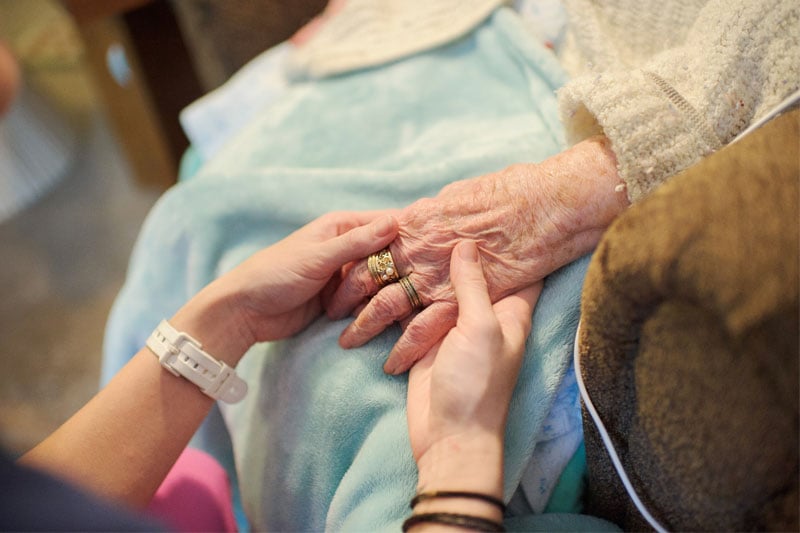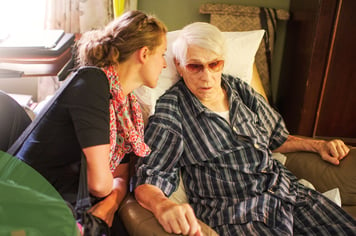An article in Annals of Internal Medicine reported that “physicians are often unsure of how to talk with patients clearly and directly about their poor prognosis and limited treatment options without depriving them of hope.”
[action 1]
The article described a structured strategy for discussing hospice, based on techniques of effective communication that physicians use in other “bad news” situations. The article stated that the use of such a strategy can make hospice discussions both more compassionate and more effective, and the authors recommended an eight-step process for the hospice discussion: 1
1. Establish the medical facts.
As with any important health care conversation, coordinate and communicate with other health care providers involved to ensure consistency in messages to the patient and family.
2. Set the stage.
Identify a time and place for an uninterrupted conversation, and make sure that those family members who would share in decision-making can be present.
3. Assess the patient’s understanding of prognosis.
Determine what the patient and family know about the disease status and prognosis.
4. Define the patient’s goals for care.
Inquire about hopes and fears. Help the patient and family reconcile their expectations and to be clear about what they hope to achieve.
5. Identify needs for care.
Identify symptoms and other sources of distress that could be alleviated by hospice. Consider both physical and psycho-social needs, and tailor the discussion to the individual patient and family.
6. Introduce hospice.
Hospice can be introduced as a way to achieve the patient’s and family’s goals, and to meet their needs. Use this discussion to dispel myths and to educate on how hospice can help.
7. Respond to emotions and provide closure.
Recognize and respond to the emotions of the patient and family. Fully explore and de‑ne any concerns raised before offering reassurance.
8. Recommend hospice and refer.
Depending on the patient and family, either arrange an enrollment visit or suggest an “informational visit” to allow them to ask more questions and become more comfortable with hospice.






